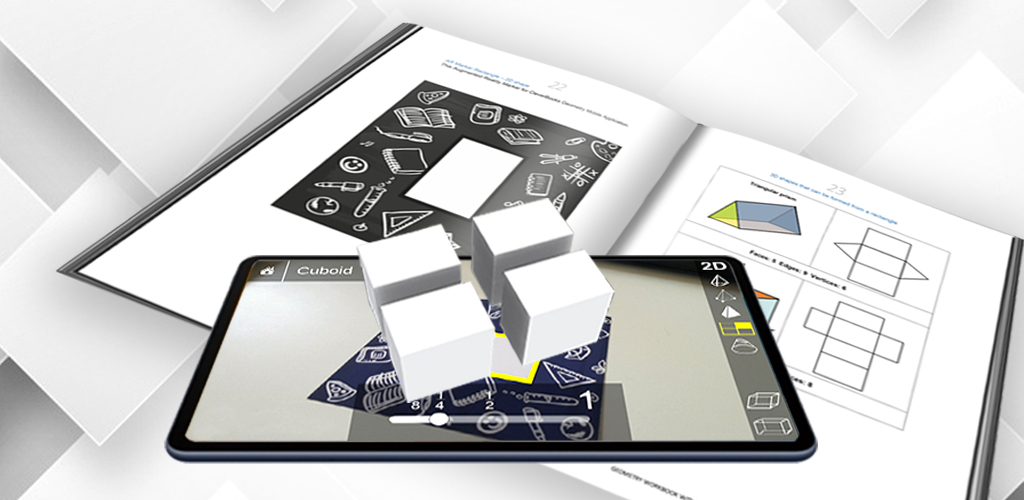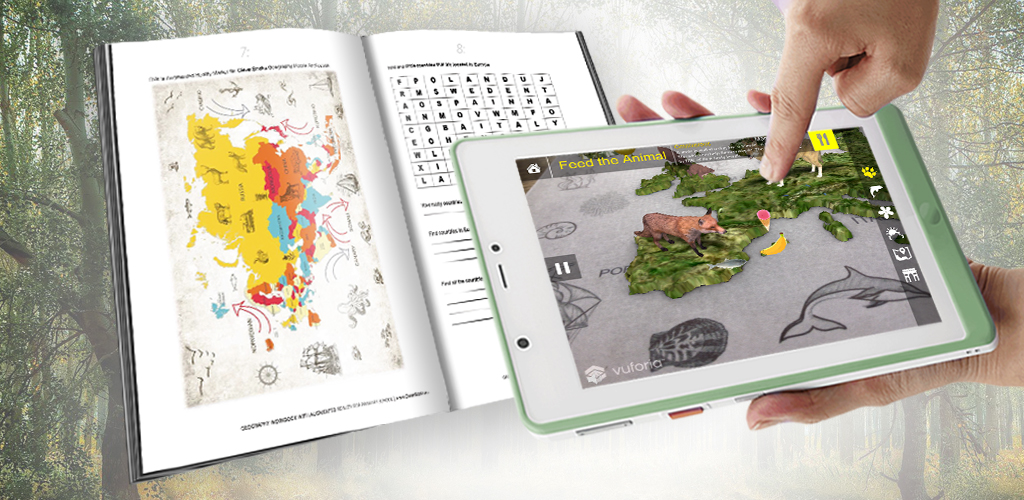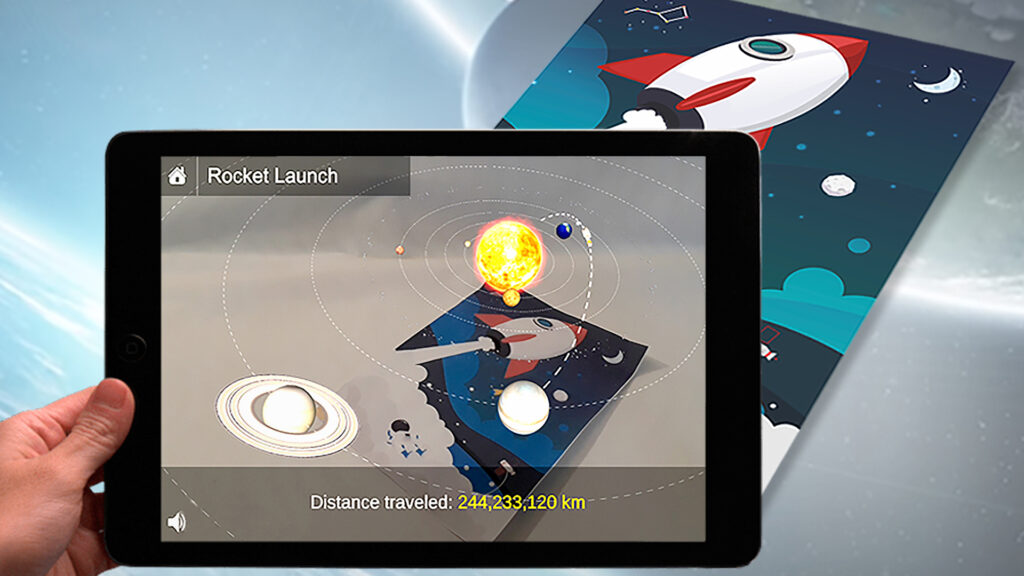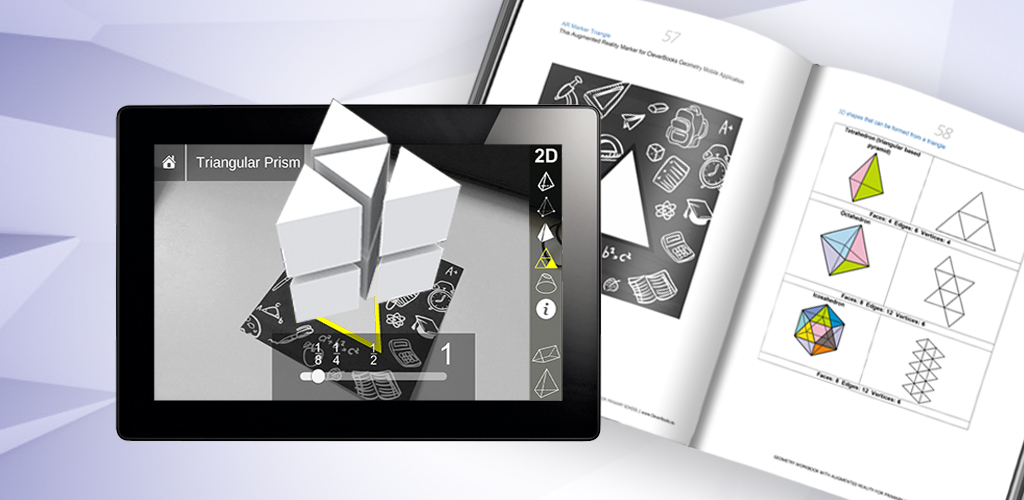By Ciarán Mather
Every Autism Spectrum (AS) or Asperger’s Syndrome diagnosis is unique to the individual.
While each person with a diagnosis has different needs that must be catered to, they do share a common thread: whether verbal or non-verbal, the ability to communicate with the people and world around them is of the utmost importance. Communication is vital for them to progress and to feel a sense of belonging in their community.
According to the World Health Organization, it is believed that one in 160 children has some form of AS, but some well-controlled studies have reported figures as high as one in 59 children.

Some students with AS attend special needs schools, while others can function successfully in more mainstream schools and thereafter go on to attend colleges or universities, once proper supports are in place.
It’s important that student’s educational needs, as well as their social needs, are adhered to, regardless of their abilities. Both schools and educators have a duty of care to implement strategies that will both benefit and enhance the student’s social and academic abilities, in order for students to be able to incorporate these techniques into every-day life.
Although there have not been many studies to date, experts who have explored Augmented Reality (AR) and other forms of assistive technology in the classroom have reported positive results.
Teachers/educators who use AR for special education classes have reported that these types of apps have improved learning interaction, consistently attracted student’s attention, expanded their vocabulary skills, and kept them more engaged and stimulated than non-AR lessons.

AR technology in the classroom is helping to break down the barriers and provide these users with a means to aid inclusion in a learning environment, as well as their other social requirements outside of the classroom.
What makes AR in particular so lucrative to educators is its ability to incorporate an effective learning support tool into lessons. It has the technology to aid in facilitating social interaction, both in a classroom environment or via remote learning.
The introduction of these innovative teaching methods aims to increase cognitive interest amongst students, which in turn allows for greater academic motivation and social expression in a calming way.
Many students with AS can be quite ‘fidgety’, due to the constant flow of stimuli that they intake. It is for this reason that keeping lessons engaging and fun is a challenge for educators. Finding ways to stimulate and motivate AS pupils while addressing and incorporating interactivity can be frustrating.
Fortunately, studies have shown that with conventional and fun teaching methods, combined with the implementation of AR, it is indeed possible to motivate and expand on children’s creativity for all classroom learning.

In addition, AR apps are easy and inexpensive to use. They allow users to touch, hear, and see knowledge in real time, and are an effective means of communicating with the outside world.
Routine is hugely important for those with AS, and AR technology apps can easily facilitate this. In fact, of the studies that have been conducted on the effects of this type of technology for those on the spectrum, there have been a wide range of benefits. These include:
- Helping those on the spectrum to create task tables and to-do lists to aid their routine and measure progress. Making lists serves as a great coping mechanism (Scheduling is also important, as many young people with AS dislike sudden changes to their schedule.)
- The ability to teach facial expressions and what they mean.
- It provides an outlet for students to improve basic social interactions, such as eye contact and asking questions, as well as non-verbal social cues.
- The ability to teach students simple but essential tasks, such as brushing teeth, through a step-by-step guide.
- Allows for independent thinking and creativity.
- Facilitates an active environment that is engaging and, above all, safe.
- Expands the user’s knowledge – for example, in the areas of story-telling, it can increase a child’s confidence and their ability to convey information to their peers.
AR enables pupils with AS to study subjects in depth. In the case of a geography app that utilizes augmented reality, it would allow them to interact with other countries that they may not feasibly have a chance to access or visit.
It also enables them to take part in a virtual archaeological expedition. Other STEM-based apps children them to take part in solar system missions or breaking down complex 3D mathematical concepts.
One example of an AR app that has proven to be an inclusive educational support tool for those with AS is CleverBooks. According to a variety of testimonies via videos and tweets included on its website, feedback from both educators and students has been very positive thus far. These testimonies all share one common element: that their STEM and Geography apps are easy for students to understand and are appealing and highly-interactive, thus providing a more rounded learning experience.
Children with AS need to have material presented to them in a strict, cohesive sequence: one which allows the topic to be introduced in all stages of work in advance. It is often better to leave subjects with AR implementations for the final stage of the lessons.
For the students themselves, it is imperative that educators provide the means for a positive and interesting learning environment that enhances their students’ motivation and eagerness to learn. While a lot of students with AS may not have the academic abilities of their quote-unquote ‘average’ peers, they can easily go on to further education and lead socially fulfilling lives with the proper supports in place.
For others on the spectrum with a high IQ, they are highly sought after by various employers, such as many of those located in Silicon Valley in the USA, due to their natural diligence, unique perspectives and attention to detail.
Ultimately, for children with AS and additional educational needs, the main purpose of AR is to support and facilitate communication, creativity and independence for both their future learning and social environments.











